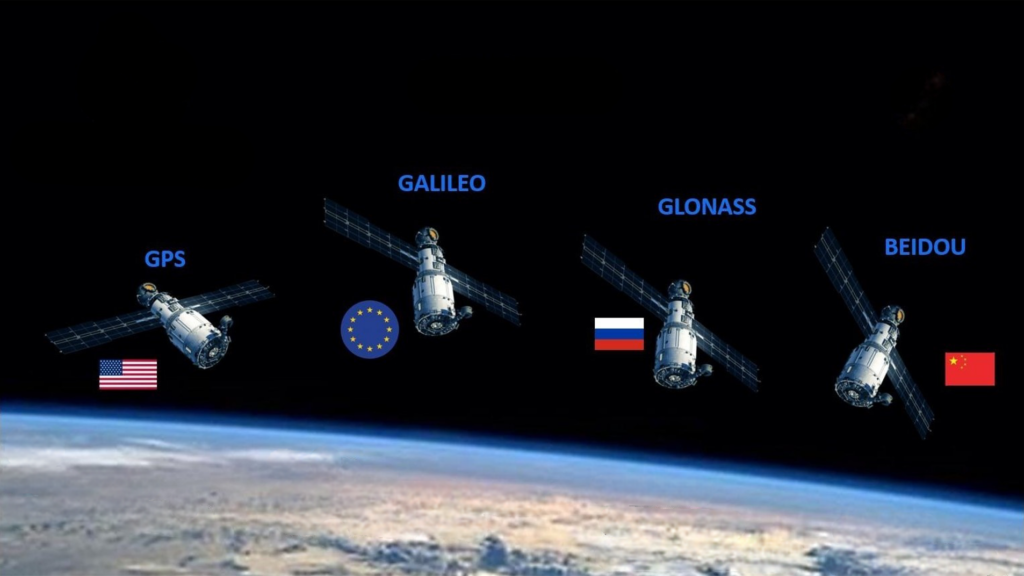In modern society, navigation and positioning technology has become an indispensable part of people’s lives, widely used in travel, logistics, military and scientific research and other fields, accurate positioning information is its core. However, with the continuous progress of technology, various interference factors have also increased, which puts forward more stringent requirements for the accuracy of navigation and positioning technology. Therefore, the research and development and application of anti-jamming navigation and positioning technology are particularly important.
1. Overview of navigation and positioning technologies
Navigation and positioning technology mainly relies on satellite signals, ground base stations, inertial measurement units and other technical means to achieve high-precision measurement of target positions. Among them, the satellite navigation system is the most common means, through a group of satellites operating in orbit to the ground, the receiver receives and interprets these signals, so as to calculate its own position information.
2. The influence of interference factors on navigation and positioning
Although the navigation and positioning technology has become mature, it will still be affected by a variety of interference factors in the actual application process, resulting in the decline or even failure of positioning accuracy. These interference factors include, but are not limited to, atmospheric interference, electromagnetic interference, and multipath effects. For example, the ionosphere and troposphere in the atmosphere can refract and scatter satellite signals, affecting the speed and direction of signal propagation. Electromagnetic interference may directly mask the satellite signal, causing the receiver to fail to work properly; The multipath effect is due to the reflection and refraction of the signal when it encounters obstacles in the propagation process, so that the receiver receives multiple signals, which in turn affects the accuracy of positioning.
Due to the wide application of satellite navigation systems (such as GPS, GLONASS, Galileo, etc.) around the world, their signals are susceptible to interference from various radio signals, including suppressed jamming and spoofed jamming. These disturbances not only come from the natural environment, but can also come from malicious attacks by hostile countries or organizations. Therefore, it is particularly important to improve the anti-interference capability of satellite navigation systems.

At present, satellite navigation anti-jamming technologies mainly include the following:
1. Adaptive processing technology
Adaptive processing technology suppresses interfering signals by adjusting the internal parameters of the receiver. For example, the array antenna anti-jamming technology of space-time joint processing is the most effective and widely used method at present. This technique utilizes multiple antenna elements to process the signal, generating a zero point through weight updates and phase shift weighting to suppress interfering signals.
2. Modulation of the new system
The use of a new modulation scheme can enhance the anti-interference ability of the signal. For example, the M-code signal proposed in the United States GPS III program, combined with the new military M-code signal, resists unauthorized use and can resist interference.
3. Multimodal composite and integrated navigation
Multi-mode composite navigation technology combines different types of navigation systems (such as inertial navigation systems, visual navigation systems, etc.) to improve the robustness and reliability of the system.
4. Anti-spoofing technology
Anti-spoofing technology is designed to prevent an adversary from misleading the receiver by sending false signals. Common anti-spoofing measures include parameter estimation, signal reconstruction, and high-precision time synchronization. 3. Application of anti-jamming navigation and positioning technologyThe application field of anti-jamming navigation and positioning technology is extremely wide, covering almost all fields that need to be accurately positioned. In the military field, anti-jamming navigation and positioning technology plays a key role in improving the accuracy and combat effectiveness of weapons and equipment, such as missile guidance, unmanned aerial vehicle reconnaissance, and ship navigation. In the civilian field, anti-interference navigation and positioning technology also plays an important role, such as intelligent transportation, logistics and distribution, smart cities, etc., all require accurate positioning information. In addition, with the continuous development of autonomous driving technology, anti-interference navigation and positioning technology will become one of the indispensable key technologies for autonomous vehicles.


